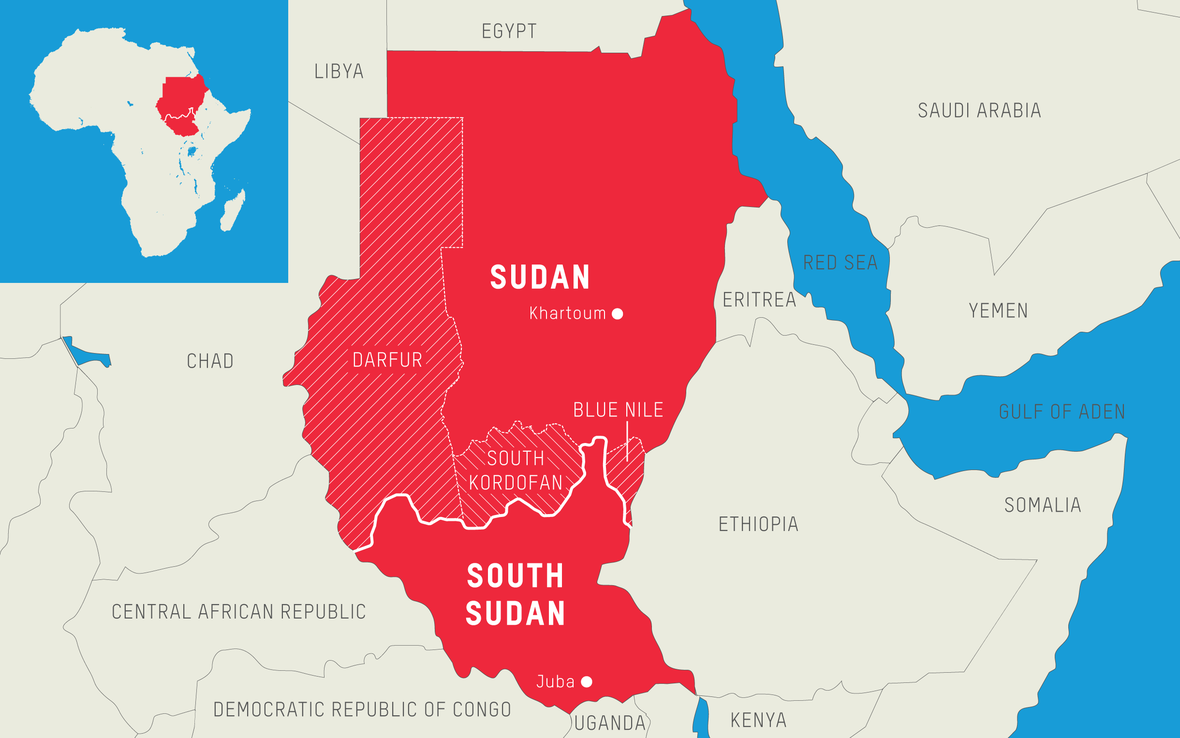
The Covid-19 pandemic killed 13.3 to 16.6 million people in 2020 and 2021, the WHO estimated Thursday — up to triple the number of deaths attributed directly to the disease.
The World Health Organization’s long-awaited estimate of the total number of deaths caused by the pandemic — including lives lost to its knock-on effects — finally puts a number on the broader impact of the crisis.
“New estimates from the World Health Organization show that the full death toll associated directly or indirectly with the Covid-19 pandemic between January 1, 2020 and December 31, 2021 was approximately 14.9 million (range 13.3 million to 16.6 million),” the UN health agency said in a statement.
The figure calculates what is termed as excess mortality due to the Covid-19 crisis, which has upended much of the planet for more than two years.
“These sobering data not only point to the impact of the pandemic but also to the need for all countries to invest in more resilient health systems that can sustain essential health services during crises, including stronger health information systems,” WHO chief Tedros Adhanom Ghebreyesus said.
Deaths due to impact
Excess mortality is calculated as the difference between the number of deaths that have occurred and the number that would have been expected in the absence of the pandemic, based on data from earlier years.
Excess mortality includes deaths associated with Covid-19 directly, due to the disease, and indirectly due to the pandemic’s impact on health systems and society.
The WHO declared Covid an international public health emergency on January 30, 2020, after cases of the new coronavirus spread beyond China.
Countries around the world reported 5.42 million Covid-19 deaths to the WHO in 2020 and 2021 — a figure that today stands at 6.24 million, including deaths in 2022.
The Geneva-based organisation has long said the true number of deaths would be far higher than just the recorded fatalities put down to Covid infections.
Deaths linked indirectly to the pandemic are attributable to other conditions for which people were unable to access treatment because health systems were overburdened by the crisis.
The WHO said that most of the excess deaths — 84 percent — were concentrated in southeast Asia, Europe and the Americas.
Indeed, 10 countries alone accounted for 68 percent of all excess deaths.
High-income countries accounted for 15 percent of the excess deaths; upper-middle-income nations 28 percent; lower-middle-income states 53 percent; and low-income countries four percent.
The global death toll was higher for men than for women — 57 percent male, 43 percent female — and higher among older adults.
Understanding the crisis
“Measurement of excess mortality is an essential component to understand the impact of the pandemic,” said Samira Asma, the WHO’s assistant director-general for data, analytics and delivery.
She said changes in mortality trends give decision-makers the information needed to guide practices that can reduce death rates and prevent future crises.
“These new estimates use the best available data and have been produced using a robust methodology and a completely transparent approach.”
The WHO said the 14.9-million figure was produced by leading world experts who developed a methodology to generate estimates where data is lacking.
Many countries do not have the capacity for reliable mortality surveillance and therefore do not generate the data needed to work out excess mortality rates — but can do so using the publicly available methodology.
The WHO was due to hold a press conference later Thursday to explain the new calculation.






